Existing User Log In
New User Registration
Register for a free account to gain full access to the VGChartz Network and join our thriving community.



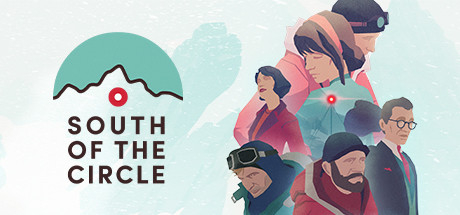

America - Front
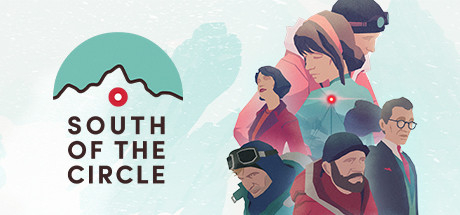

America - Back

State of Play Games
Adventure
 (Add Date)
(Add Date) (Add Date)
(Add Date) (Add Date)
(Add Date)
| Owners: | 0 |
| Favorite: | 0 |
| Tracked: | 0 |
| Wishlist: | 0 |
| Now Playing: | 0 |
There are two key considerations with State of Play's latest title: a deviation from the developer's norm and the game's original platform. Leaving behind light-hearted puzzlers for a story-focused walking sim is an interesting decision, to say the least. Before arriving on consoles & PC, South of the Circle released exclusively on Apple Arcade in 2020; its design emphasis on a touch screen still permeates the experience as well. Even though paring back traditional mechanics can occasionally pan out, this example doesn't find many useful alternatives to keep you engaged.
Caught up in a frightful situation, Peter Hamilton awakes in a downed Cessna in the most desolate place on Earth: Antarctica. His Aussie pilot, Floyd, did the best he could. With no one responding to radio hails, Floyd's leg dinged up, and little in the way of food, Peter's compelled to trudge to a nearby base.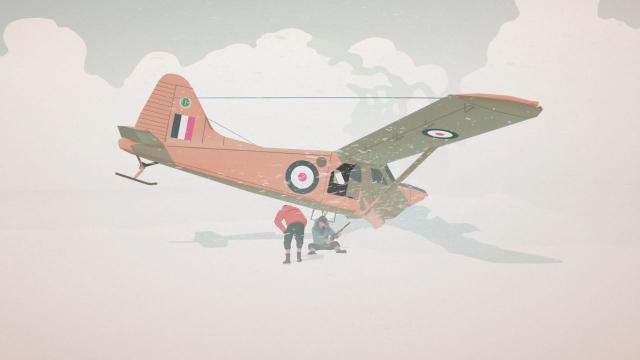
Initially, the only thing he sees is a blinking radio tower in the distance. As a snowstorm rolls in he's suddenly transported back to a warmer England, just in time to catch the train. This is Circle’s core structure: a series of spliced vignettes between him surviving the Antarctic elements and his Cambridge lecturer life back home. Ironically, he's met with a frigid reception in both places.
His socially awkward persona and unpopular climate science discussions simply can't get asses in seats. You can emphasize his inelegance by introducing yourself as "DOCTOR Hamilton" to fellow academic and newfound friend, Clara, on the train too. Shortly thereafter, she – humbly– shows you up with a packed house in the same lecture hall. Adding to the misery, even Peter's research has hit a tough rut, leaving him with a lower status than his closest colleagues.
If you're attuned to these sorts of personal dramas, you'll easily guess how this budding friendship with Clara and his reinvigorated research intertwine with one another. On top of these professional endeavors, 1960s Cold War-era politics tie in to Peter's story at both hemispheres. He's challenged to revoke and forge friendships at inconvenient times, but some of these moments don’t have the bite they should.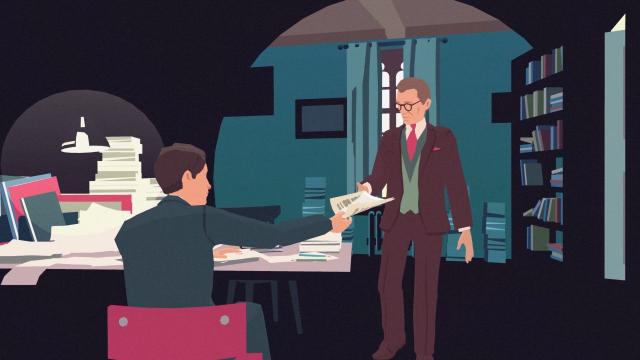
There's something about the bipolar narrative tension that never quite gels after the beginning. Even while striving to make one more desperate step across a frozen wasteland, so much time is extensively given to splitting writing credit to his beloved work. Considering how empty each Antarctic locale is, it's tough to find any excitement besides his England life. You'd think for a title prominently featuring such a dangerous wasteland the writers would do more than trek from point A to point B. It reminds me of Matt Stone and Trey Parker's "but... therefore" writing advice; the audience will feel disengaged if you plot out everything as "and then this happened." This balance becomes more evenly-handled towards the finale, but its ephemeral runtime chills any meaningful impact; plus, the twist it hinges on doesn't comport with how memory actually works.
It's a shame for a well-meaning narrative to be so stale while also complimented by such pleasant presentation. Granted, by indie standards this isn't a technical powerhouse. Animations are oftentimes rigid and some areas only have the most basic of environmental detail. There are also a fair number of odd glitches – like levitating objects, contorted bodies, etc. – to disrupt immersion as well. When looking past those issues, its warm, quasi-cel-shaded art style and effective framing keep your attention. Director and Writer Luke Whittaker credited his grandfather's screen-printing work in capturing this era and that inspiration paid off.
Visuals are second only to Circle's audio work though. Almost every voice actor has a respectable pedigree, though Adrian Rawlins' strained Russian accent is the one rotten egg. It's a shame how distracting he gets towards the end too. Composer Ed Critchley does a first-rate job of balancing the distinct personalities of England and Antarctica. The warmer & tenser tones marry incredibly well with each scenario.

There's a good reason I've given so much attention to story and presentation. Circle's still a rudimentary title even by touch control standards. Now it's just been mapped onto other platforms. Outside of dialogue, the two main modes of function vacillate between strolling through a small base to hit a couple of button prompts or driving in a semi-straight line to the next location; even then, the only "choice" when driving is moving a few solitary angstroms to the left or right while being towed along a predetermined path. Outside of fiddling with an old-timey radio, the most interactive element is conversing with NPCs.
You'll be caught up in active discussion quite often. Instead of seeing a grocery list or circle of options, you'll select a floating symbol (representing confidence, warmth, nervousness, etc.) that you see fit. Sometimes there's only one option anyways and it'll only spare you a couple of seconds before making the decision itself. Even from the outset, Circle is reinforcing the meaninglessness of your input; that said, the one moment of interesting design stems from that fact. Like I said before, it’s nonsensical within the story's context, but that tacit acknowledgment about your crucial decisions earned a thumbs-up from me. Still, that doesn't solve how often these choices feel like useless stopgaps. Hell, I occasionally forgot what some dialogue symbols represented, but didn't care since I'd already checked out.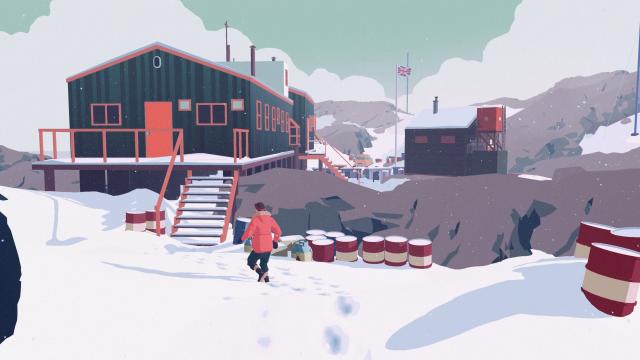
This three-hour guided tour of walking and holding down a face button prompt for confirmation (a la Destiny) has some one-off concepts that successfully fuse Peter's past and present, but hardly enough to feel like you're an engaged participant. State of Play could’ve tended towards encouraging greater interactivity (however subtle) that would have complemented the narrative; instead, the obstructive simplicity leaves you frost-bitten, unable to tangibly connect with Peter’s struggle. Combine this with a mismanaged story burning out its initial intrigue and South of the Circle winds up being a resounding disappointment.
Contractor by trade and writer by hobby, Lee's obnoxious criticisms have found a way to be featured across several gaming sites: N4G, VGChartz, Gaming Nexus, DarkStation, and TechRaptor! He started gaming in the mid-90s and has had the privilege in playing many games across a plethora of platforms. Reader warning: each click given to his articles only helps to inflate his Texas-sized ego. Proceed with caution.









